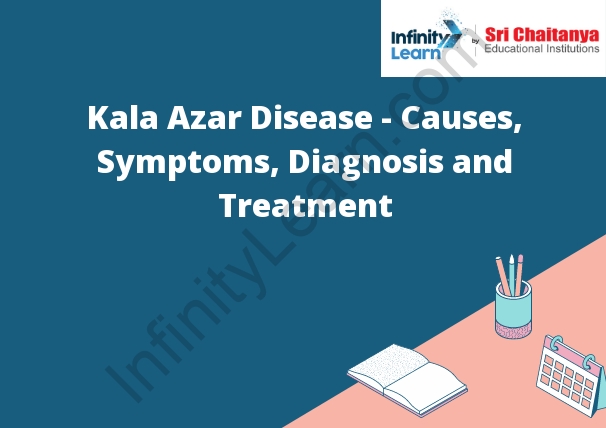Table of Contents
An Introduction to Kala Azar
- Kala azar is a potentially fatal disease caused by the protozoan parasite Leishmania donovani. The disease is endemic in parts of Africa, Asia, and South America, and affects an estimated 200,000 people per year. The majority of cases occur in rural areas where people are exposed to infected sandflies.
- The early symptoms of kala azar include fever, weight loss, and enlarged spleen and liver. If left untreated, the disease can progress to cause anaemia, bone marrow suppression, and death. Kala azar is treated with antimony-based drugs, such as sodium stibogluconate, which can be effective if given early in the course of the disease. However, the drugs are expensive and can have serious side effects, so diagnosis and treatment of kala azar is often difficult in areas where the disease is endemic.

What is Kala Azar Disease?
- Kala azar is a serious, life-threatening disease caused by a protozoan parasite, Leishmania donovani. The parasite is spread by the bite of an infected sandfly. Kala azar is most common in parts of Asia, Africa, and South America.
- The early symptoms of kala azar include fever, weight loss, and tiredness. As the disease progresses, it can cause ulcers on the skin, mucous membranes, and internal organs. If left untreated, kala azar can be fatal.
- Kala azar is treated with antimonial drugs, which are very effective if given early in the course of the disease. However, the parasites can become resistant to these drugs, making treatment more difficult.
Kala-Azar Causes
Kala-azar is an infection caused by a parasite called Leishmania donovani. The parasite is spread by the bite of an infected sandfly. Kala-azar can cause fever, weight loss, anemia, and enlargement of the spleen and liver.
Kala-Azar Symptoms
The symptoms of kala-azar are nonspecific and can mimic those of many other diseases. They include fever, weight loss, fatigue, anemia, and enlargement of the spleen and liver.
Kala-Azar Diagnosis
A person is typically diagnosed with kala-azar when they have a fever, significant weight loss, and enlarged spleen. Laboratory tests will show anemia and low white blood cell count. A chest x-ray may show an enlarged spleen or pneumonia. A blood test may also be done to look for the parasite that causes kala-azar.
Kala-Azar Treatment
There is no cure for kala-azar, but treatment is available to help people who have the disease feel better. Treatment usually includes a combination of antimonial drugs, such as liposomal amphotericin B (AmBisome) and miltefosine (Impavido), and steroids. Treatment may also include other drugs, such as paromomycin (Humatin), azithromycin (Zithromax), and clofazimine (Lamprene).









